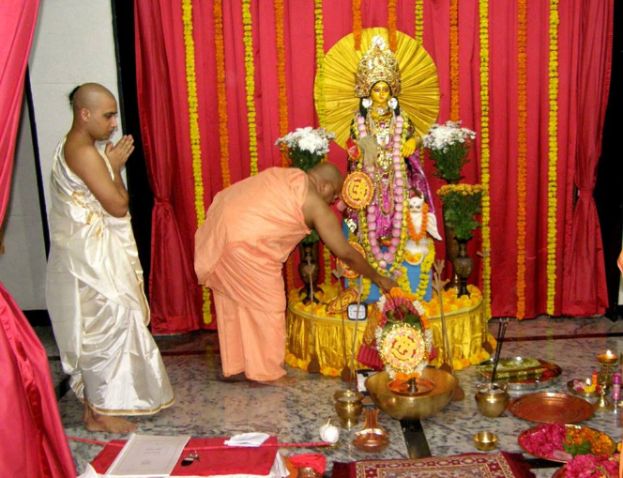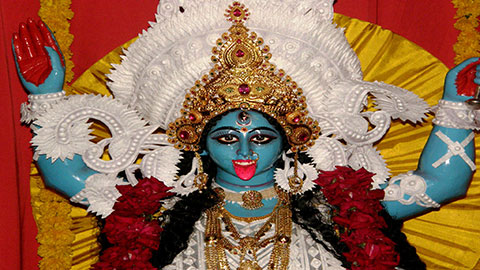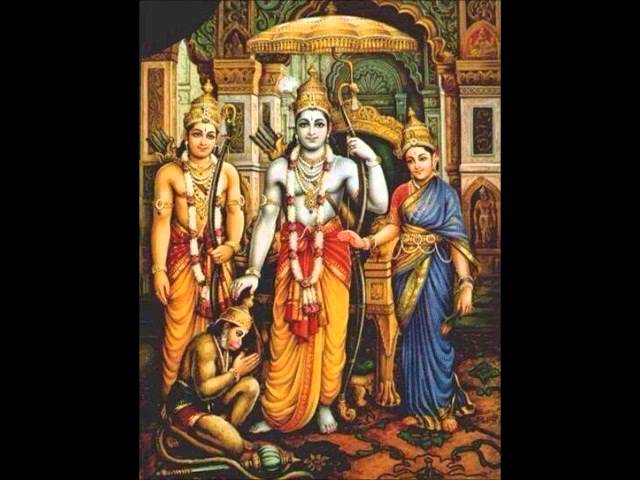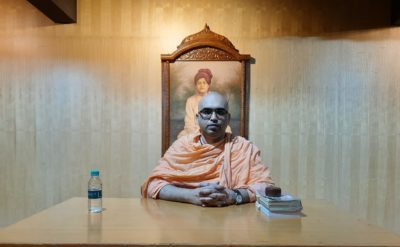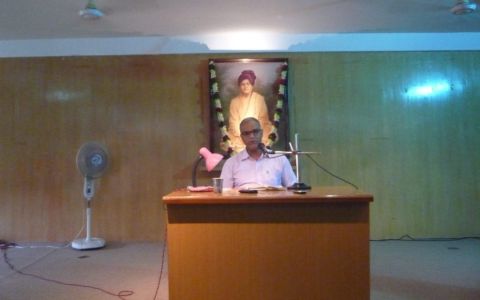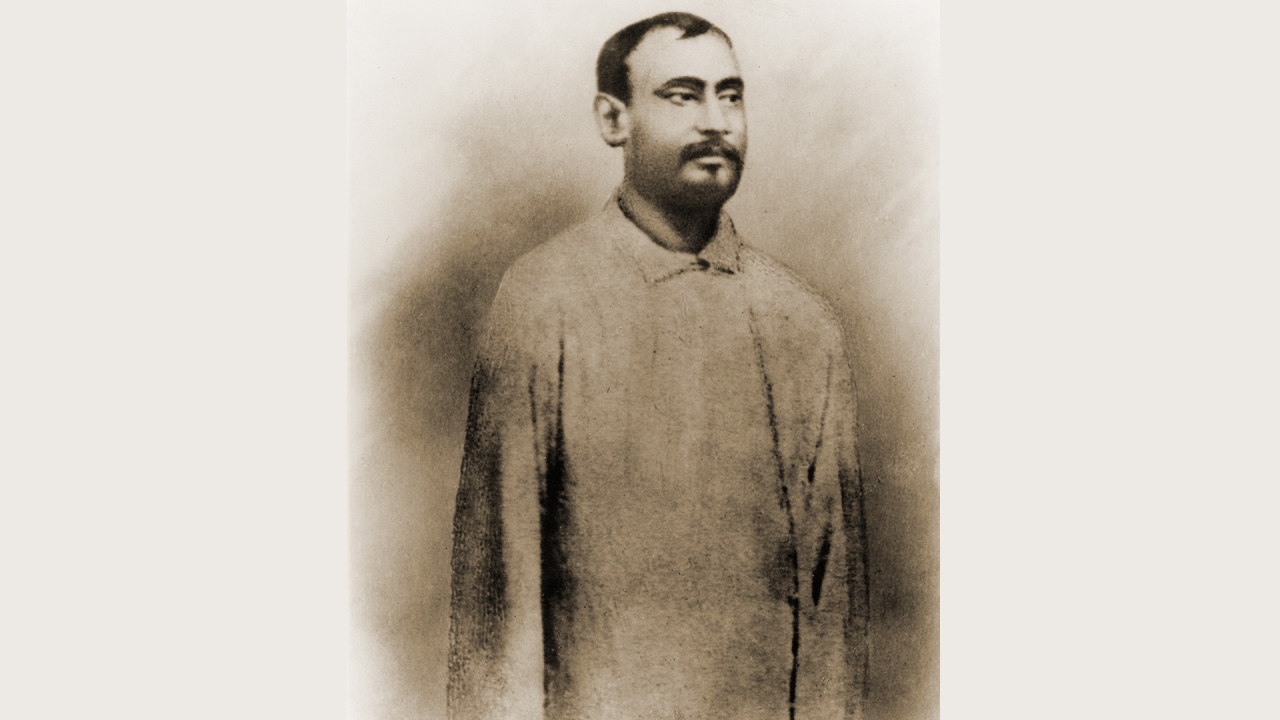Aratrikam
Aratrikam/ A daily vesper service to Sri Sri Ramakrishna, it was wrote & sung by Swami Vivekananda himself
खण्डन_भव_बन्धन जग_वन्दन वन्दि तोमाय ।
निरञ्जन नररूपधर निर्गुण गुणमय ॥१॥
Khannddana-Bhava-Bandhana Jaga-Vandana Vandi Tomaaya |
Niran.jana Nara-Ruupa-Dhara Nirgunna Gunnamaya ||1||
O Ramakrishna, You break the bondage of the Samsara (delusion of Worldly Existence), and You are revered by the whole World; I worship You,….

Spiritual Initiation
Initiation in the Ramakrishna Mission is not a “membership” or a “rite of passage” to any group or cult.
Initiation means letting go of the superficiality of our aspirations, and choosing freely and with clear thinking, a path of sincere “sadhana” or spiritual struggle with the aim of realizing the eternal truths spoken about in our scriptures.
Those who wish to undertake such a path, have the privilege and opportunity of being initiated by those who have been vested with the necessary spiritual authority.
“The flow of Divine Power and Grace in the Ramakrishna Math & Mission is maintained by an unbroken lineage of Gurus, the guru-parampara. The President of the Ramakrishna Math & Mission, worldwide maintains this spiritual tradition through the process of mantra-diksha or Initiation. ”


Vedic Chanting
Do you like to learn Chanting Properly!
Regular chanting of the ancient vedas are a norm at the Ramakrishna Math. People of Mumbai are indeed fortunate to be able to participate in these sessions.
Vedic chanting and Gita chanting in the Ramakrishna Math, Mumbai is a serious affair with emphasis on intonation, correct pronunciation, meaning of these hymns.
Led by Swami Shrimohanananda, a group of devotees chant hymns from the Vedas at the celebrations in the Mumbai Math. They also chant these vedic hymns for all major celebrations of the Ramakrishna Math & Missions across the country.


